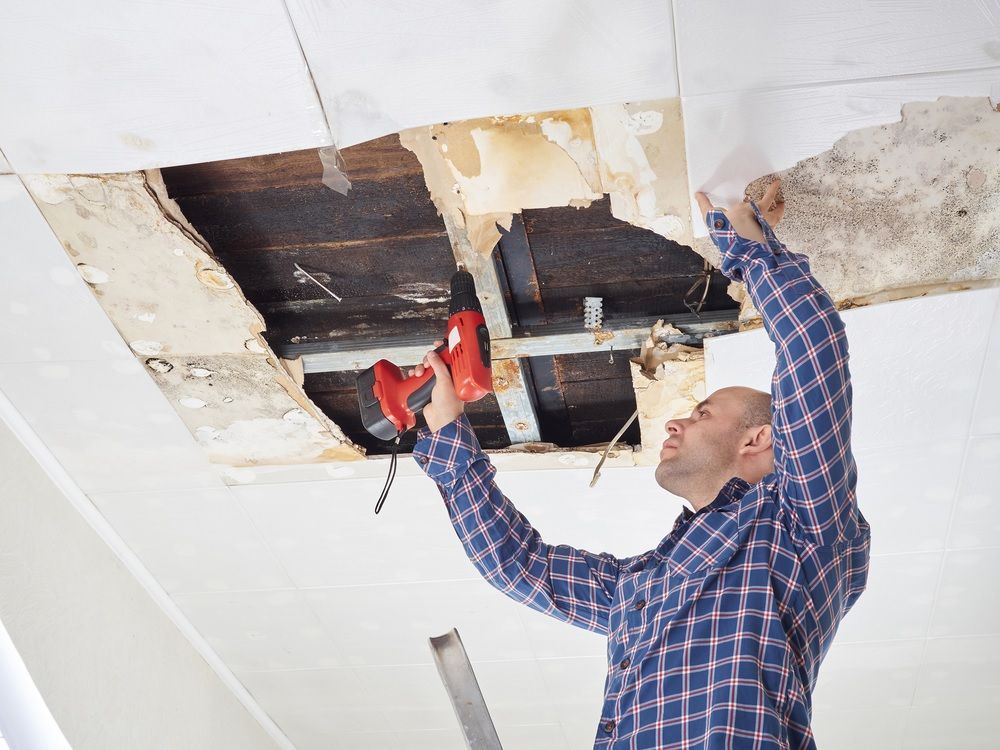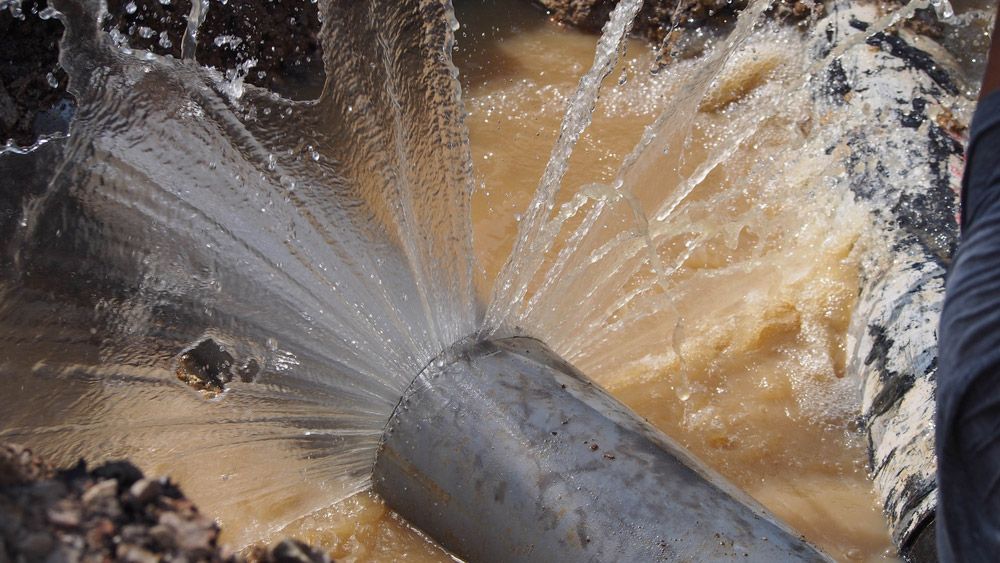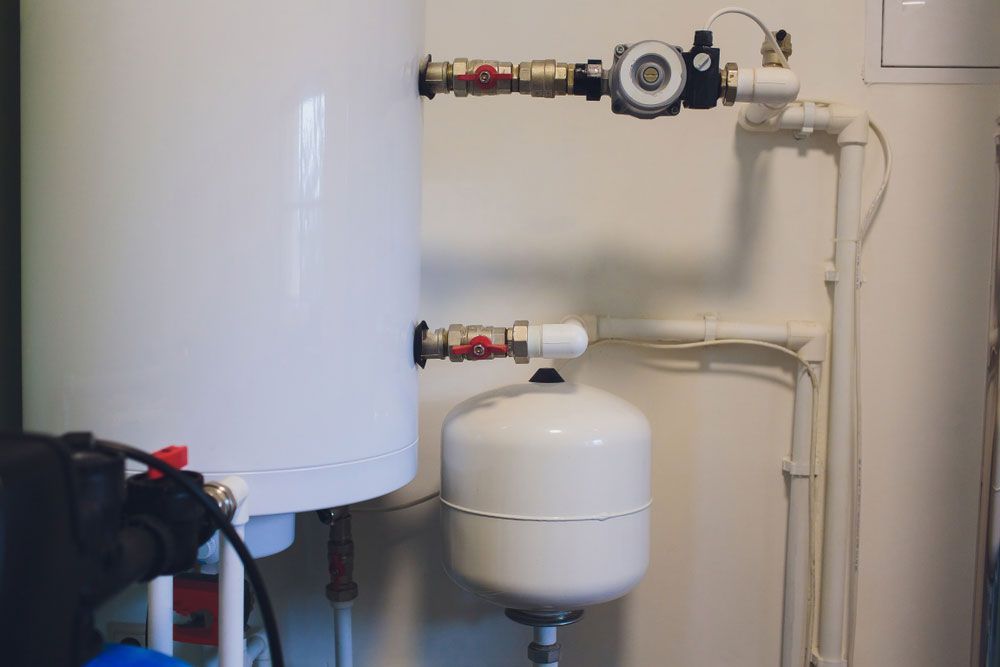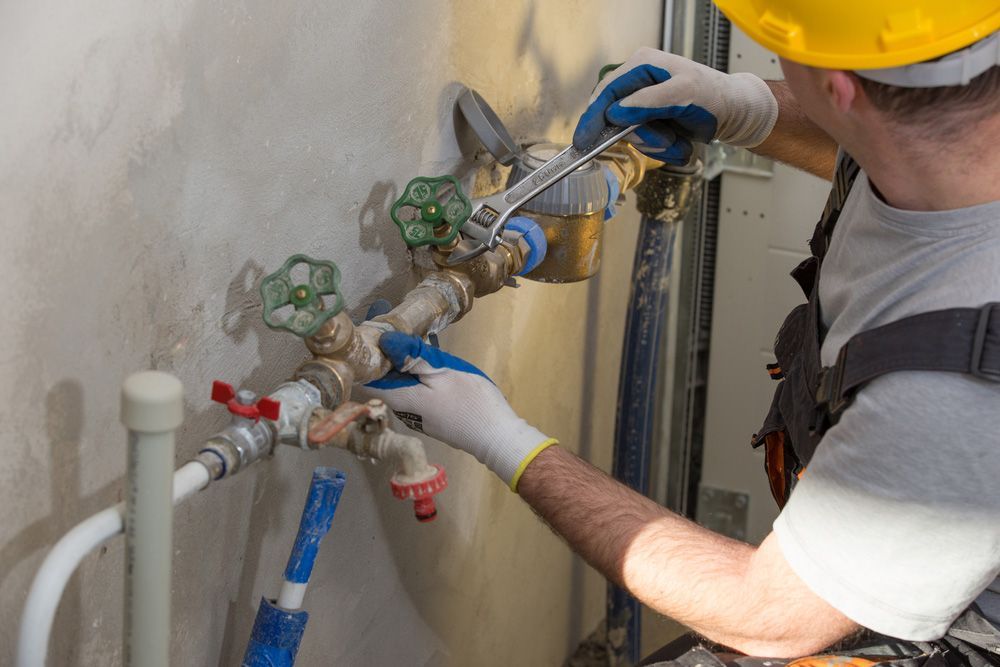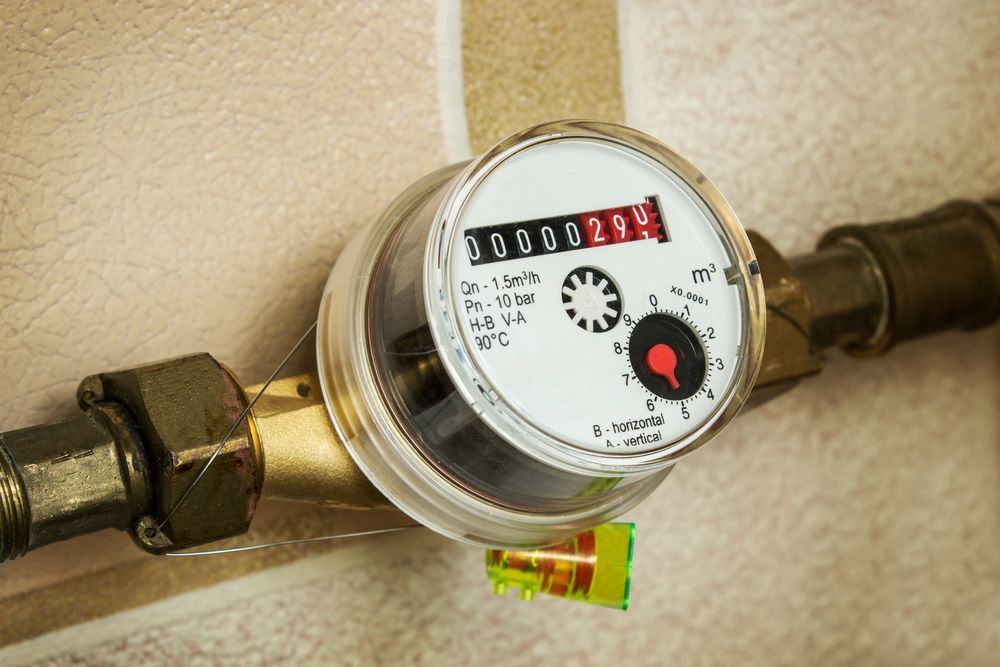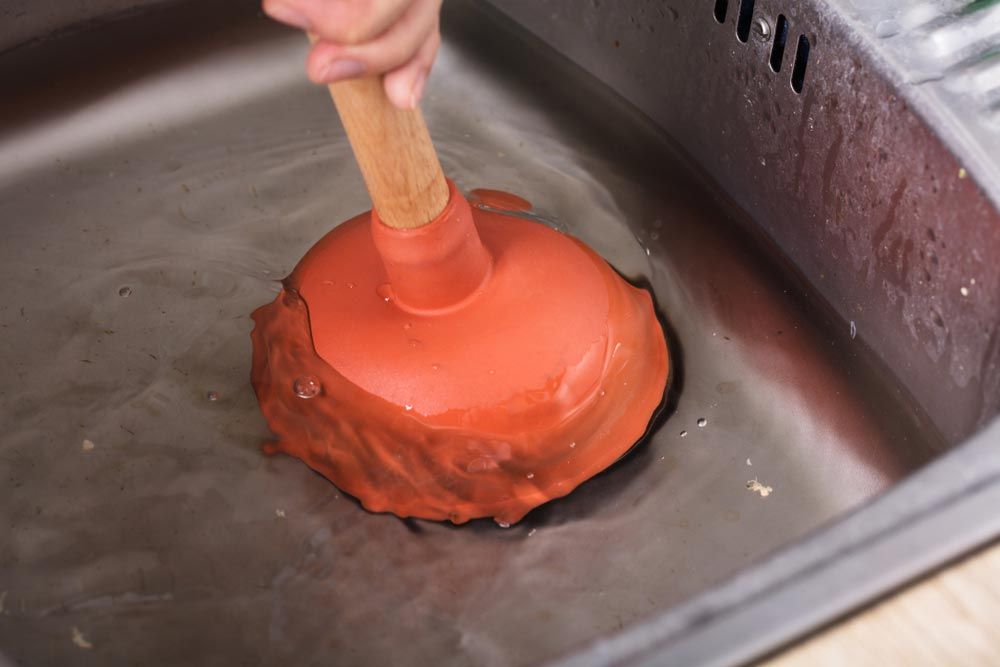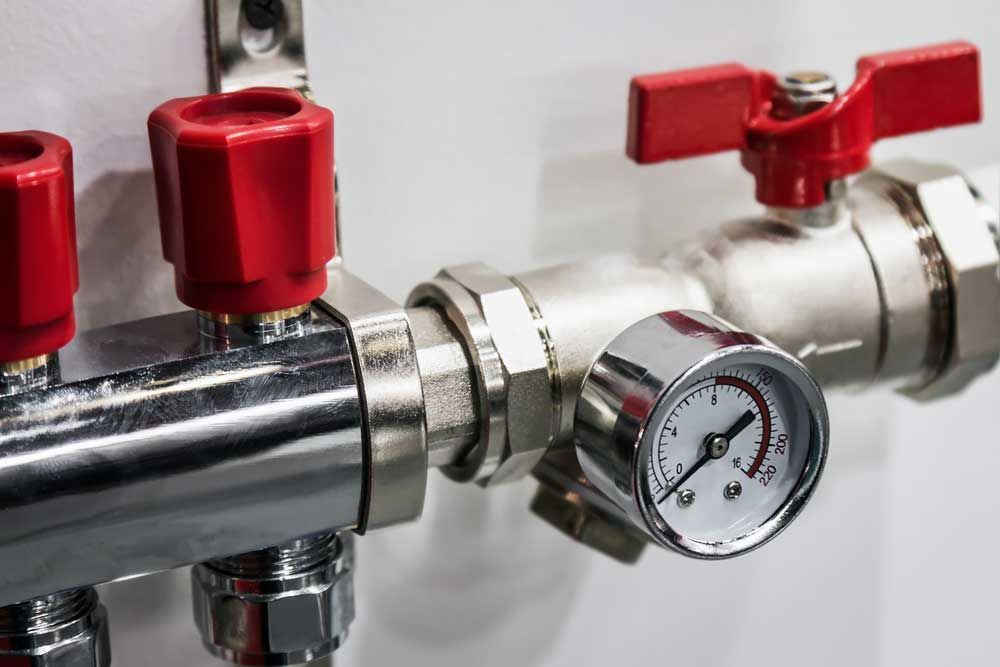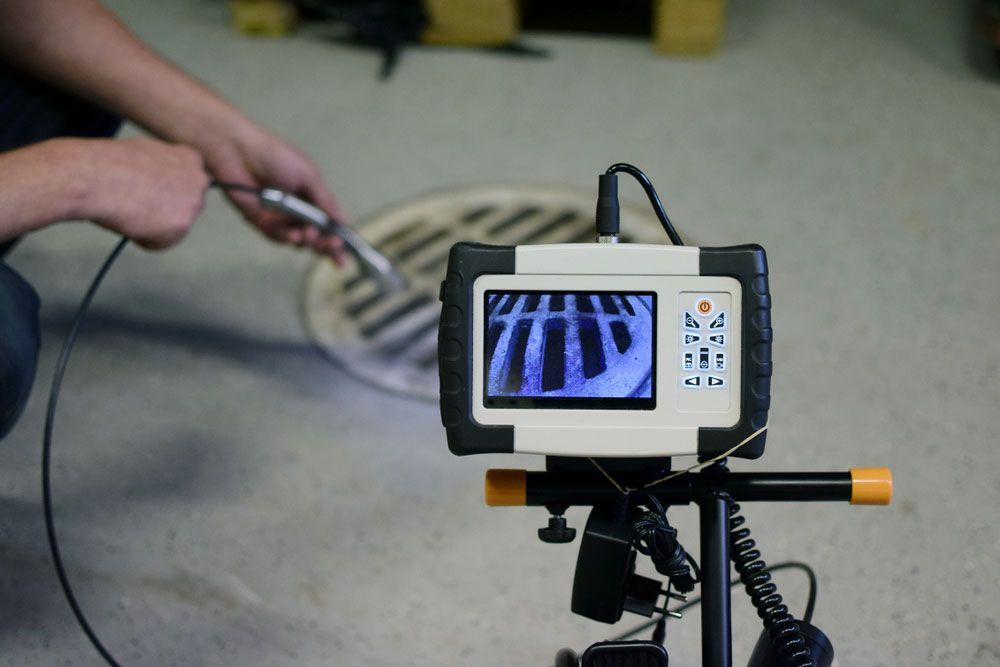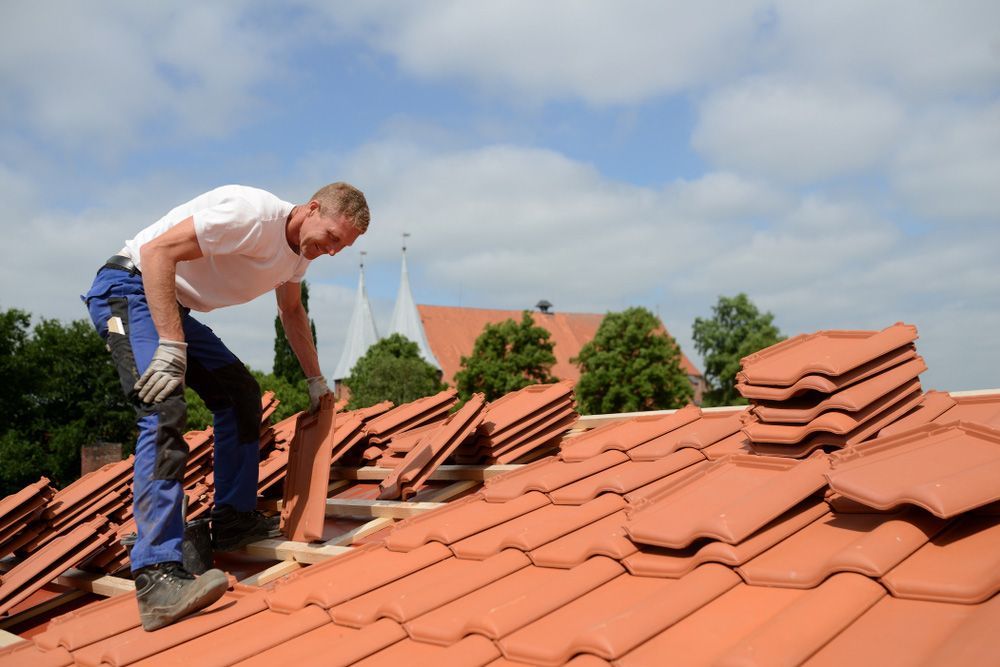10 Steps To Prepare Your Roof For Bushfires
Australia is a country that is more prone to bushfires than many others, and you don’t need to be living in a rural area for your home to be threatened by one. Cities, as well as regional areas, have tracts of woodland and national parks where fires can erupt in certain conditions. Hot air, strong winds, and lightning can all play a part, with tinder-dry grass and flora adding fuel for a fire to spread.
Embers are transported through the air by smoke and powerful winds. They can impact homes many kilometres away from where bush areas are burning. It is therefore wise to make certain your home is well prepared, and one of the most vulnerable areas of your home is the
roof. Here is a handy checklist of 10 steps to prepare your roof for bushfires.
Table of contents:
- Keep Your Gutters Clean
- Install Steel Gutter Guards
- Replace Missing Or Cracked Roof Tiles
- Prune Back Overhanging Trees
- Make Certain Roof Openings And Features Meet Safety Guidelines
- Consider Roof Sprinklers
- Ensure The Use Of Non-flammable Roof Paint
- Don’t Ignore Roof Insulation And Attic Storage
- Keep Firewood, Petrol, Or Oils Clear Of Your House
- Seal The Gaps Between Rafters
- How We Can Help
1. Keep Your Gutters Clean
If they aren’t cleaned regularly, your roof’s gutters fill with leaves and twigs. These provide the perfect kindling if embers being driven through the air fall into the gutters. Check your gutters regularly and ensure they’re clear of debris. A gutter mesh made of non-flammable material, such as aluminium, can make this task easier.
2. Install Steel Gutter Guards
Installing metal gutter guards is an investment in your roof’s integrity. As well as preventing the buildup of leaves and twigs, they are non-flammable and offer the highest level of protection for your roofline.
3. Replace Missing Or Cracked Roof Tiles
Ensuring your roof is completely sealed and free of even the tiniest gap, is another defence against falling embers and sparks. It’s vital there are no cracks or damage to tiles, trusses and cladding.
4. Prune Back Overhanging Trees
It’s ideal to have a 2-metre space between tree branches and your house and to ensure there are no branches overhanging your roof. This reduces the threat of embers, sparks, and radiant heat. If you have a very large tree on your property, removing the lower branches will create a vertical fire break alongside your house. This inhibits a fire from reaching your house from the tree’s canopy.
5. Make Certain Roof Openings And Features Meet Safety Guidelines
Vents, ventilators, and skylights in the roof and walls should be constructed of non-flammable materials and any openings covered by corrosive-resistant mesh, such as steel or bronze.
6. Consider Roof Sprinklers
A metal roof sprinkler system gives an added layer of protection, particularly if you have a large house with a wider expanse of roof to safeguard. Activate the sprinklers if there is a fire nearby.
7. Ensure The Use Of Non-flammable Roof Paint
If you’re home renovating, and painting the roof is part of the plan, make certain you are using high-quality non-flammable paint.
8. Don’t Ignore Roof Insulation And Attic Storage
When installing insulation in your roof, choose products that are fire-resistant. If you have an attic and you keep various items stowed there, be certain to avoid flammable objects and ingredients.
9. Keep Firewood, Petrol, Or Oils Clear Of Your House
These are often stacked in garages and workshops that are close to your house. It’s better to create a special area for these several metres clear of your home. In the event these are ignited, the fire can often be quickly and effectively put out by water hoses before spreading toward the house.
10. Seal The Gaps Between Rafters
A fascia board is a material that covers roof rafters, trusses, and the cavity where the exterior walls meet the rooftop. Non-combustible materials are best used for these, and for the lining on eaves.
How We Can Help
Bushfires can occur at many different times throughout the year, not just during the summer ‘bushfire season.’ For the safety of your family and your home, taking the steps to best prepare your house against potential fire hazards, is an important consideration.
An experienced contractor can provide essential guidance when it comes to roof repairs and replacement, sealing gaps, installing gutters, downpipes, sprinklers, and much more.
For assistance with roof maintenance, or for
roof plumbing and repairs,
Top To Bottom Plumbing is the
plumber Townsville residents and businesses can rely on. Contact us
for a quote. You can phone our friendly team on
07 4779 7722, or email us at
admin@toptobottomplumbingqld.com.au
Other Articles You'll Like
Site Links
Contact
QBCC: 1305866
ABN 47600955619
Trading Hours
24h Emergency Service Available
- Monday
- -
- Tuesday
- -
- Wednesday
- -
- Thursday
- -
- Friday
- -
- Saturday
- Closed
- Sunday
- Closed

